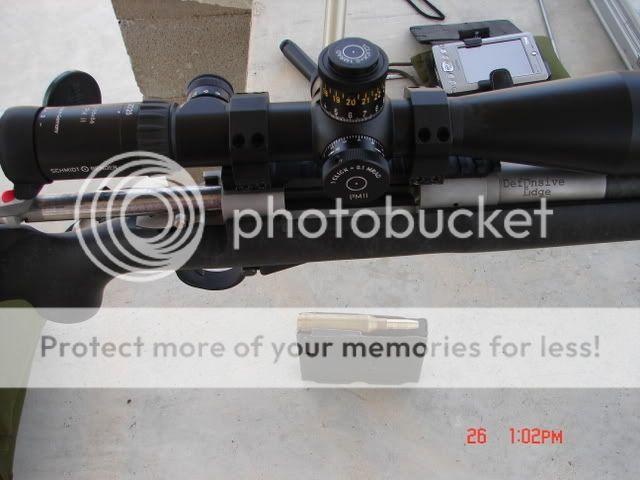So my question is why is it acceptable to build a rifle on a SS Rem action based on a 404 Jeffreys case with a base diameter of I think .55 @ max working pressure of 65,000, and not OK to build a rifle on a SS Rem action on a 416 Rigby case ( 338 Lapua, 338 Norma) with a base dia. of .584 and max working pressure of 63,500 ?
I am not a gunsmith, and maybe someone could chime in on this. Would like to know the answer to this question.
FYI, I'm not a gunsmith. Being an engineer, I can answer this question:
The force against the face of the bolt, and therefore against the bolt lugs and lug recesses in the action, is a product of the pressure generated inside the cartridge, and the surface area of the cartridge case head (
interior case head area). Take two cartridges fired under equal pressure, and the cartridge with the larger diameter case head will be thrust back against the bolt face with a greater force than a cartridge with a smaller diameter case head.
Technically (mathematically), it's the interior rear case head diameter that the pressure acts against which would be used to calculate the force thrust against the bolt face. In this discussion, we'll presume that the inner case head surface area increases as the outer case head diameter increases, which is almost certainly true.
I could throw some numbers out here for illustrative purposes, but I think you can understand the concept.
Cartridge pressure (units of lbs/square inch)
X surface area of the cartridge case head (units of square inches)
= force acting against the bolt face (units of lbs).
Since the surface area of the cartridge case is calculated by multiplying (3.1416)
X (case head diameter/2)^2, the case head diameter is really more critical than case pressure in determining the force acting against the bolt face, lugs, and lug recesses. For example, doubling the cartridge pressure simply doubles the force against the bolt face (2 times the force). On the other hand, doubling the diameter of the case head increases the force against the bolt by a factor of 4 (4 times the force).
So this explains why cartridges with larger diameter case heads create greater force and stress on the bolt, lugs, and the lug recesses.
 Help Support Long Range Hunting Forum
Help Support Long Range Hunting Forum
